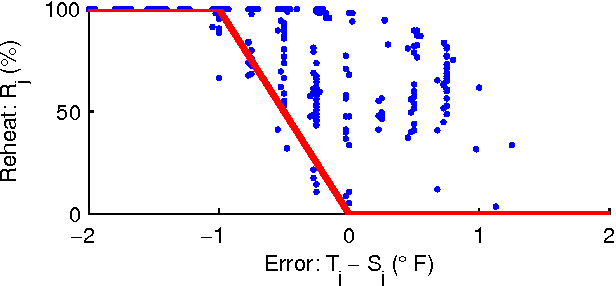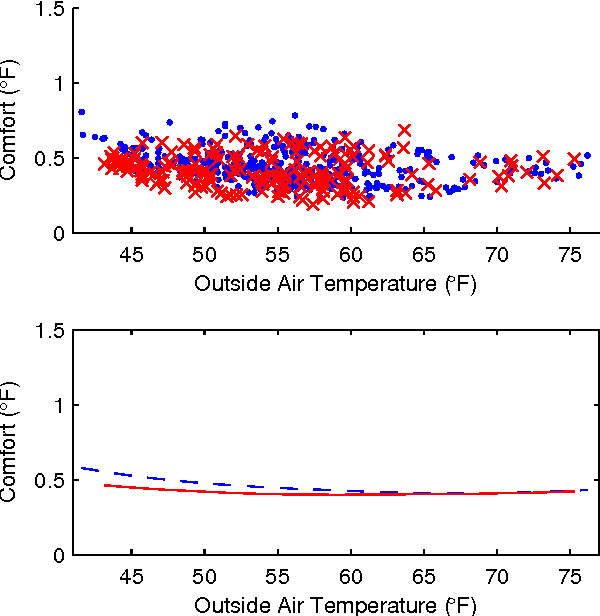Neal Master
Learning to Emulate an Expert Projective Cone Scheduler
Jan 30, 2018
Abstract:Projective cone scheduling defines a large class of rate-stabilizing policies for queueing models relevant to several applications. While there exists considerable theory on the properties of projective cone schedulers, there is little practical guidance on choosing the parameters that define them. In this paper, we propose an algorithm for designing an automated projective cone scheduling system based on observations of an expert projective cone scheduler. We show that the estimated scheduling policy is able to emulate the expert in the sense that the average loss realized by the learned policy will converge to zero. Specifically, for a system with $n$ queues observed over a time horizon $T$, the average loss for the algorithm is $O(\ln(T)\sqrt{\ln(n)/T})$. This upper bound holds regardless of the statistical characteristics of the system. The algorithm uses the multiplicative weights update method and can be applied online so that additional observations of the expert scheduler can be used to improve an existing estimate of the policy. This provides a data-driven method for designing a scheduling policy based on observations of a human expert. We demonstrate the efficacy of the algorithm with a simple numerical example and discuss several extensions.
Energy-Efficient Building HVAC Control Using Hybrid System LBMPC
Apr 20, 2012



Abstract:Improving the energy-efficiency of heating, ventilation, and air-conditioning (HVAC) systems has the potential to realize large economic and societal benefits. This paper concerns the system identification of a hybrid system model of a building-wide HVAC system and its subsequent control using a hybrid system formulation of learning-based model predictive control (LBMPC). Here, the learning refers to model updates to the hybrid system model that incorporate the heating effects due to occupancy, solar effects, outside air temperature (OAT), and equipment, in addition to integrator dynamics inherently present in low-level control. Though we make significant modeling simplifications, our corresponding controller that uses this model is able to experimentally achieve a large reduction in energy usage without any degradations in occupant comfort. It is in this way that we justify the modeling simplifications that we have made. We conclude by presenting results from experiments on our building HVAC testbed, which show an average of 1.5MWh of energy savings per day (p = 0.002) with a 95% confidence interval of 1.0MWh to 2.1MWh of energy savings.
 Add to Chrome
Add to Chrome Add to Firefox
Add to Firefox Add to Edge
Add to Edge